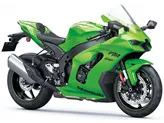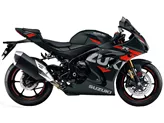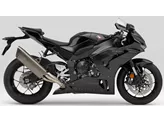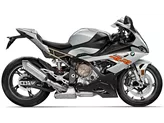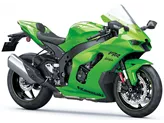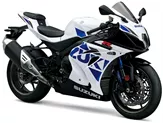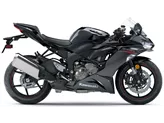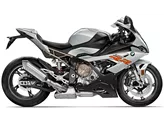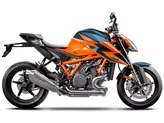Kawasaki Ninja ZX-10R 2010 vs. Suzuki GSX-R 1000 2010

Kawasaki Ninja ZX-10R 2010

Suzuki GSX-R 1000 2010
Vue d’ensemble - Kawasaki Ninja ZX-10R 2010 vs Suzuki GSX-R 1000 2010
The Kawasaki Ninja ZX-10R and the Suzuki GSX-R 1000, both released in 2010, are two popular supersport motorcycles that offer impressive performance and features. While they share some similarities, they also have distinct differences that set them apart.
In terms of engine specifications, both bikes have inline four-cylinder engines with similar displacements. The Ninja ZX-10R has a slightly larger bore of 76mm compared to the GSX-R 1000's 74.5mm bore. However, the GSX-R 1000 has a longer stroke of 57.3mm compared to the Ninja ZX-10R's 55mm stroke. The Ninja ZX-10R boasts a higher engine power of 187 HP, while the GSX-R 1000 offers 185 HP. The torque figures are also slightly different, with the Ninja ZX-10R providing 113 Nm compared to the GSX-R 1000's 116.7 Nm. Both bikes have a compression ratio of around 12.8-12.9, indicating high-performance engines.

Kawasaki Ninja ZX-10R 2010
In terms of suspension, both bikes offer adjustable compression and rebound damping. However, the GSX-R 1000 also provides preload adjustment, giving riders more control over their suspension setup. The chassis of both bikes is made of aluminum, but the Ninja ZX-10R features an extruded frame, while the GSX-R 1000 has a twin-spar frame. This difference in frame design may affect the handling characteristics of the motorcycles.
Both bikes have double disc brakes at the front, with radial technology for enhanced braking performance. The Ninja ZX-10R also features a petal design, which helps with heat dissipation. The tire widths are the same for both bikes, with a front width of 120mm and a rear width of 190mm. The wheelbase of the Ninja ZX-10R is slightly longer at 1415mm compared to the GSX-R 1000's 1405mm. The seat height of the Ninja ZX-10R is also slightly higher at 830mm compared to the GSX-R 1000's 810mm. Both bikes have a fuel tank capacity of around 17-17.5 liters.
In terms of strengths, the Ninja ZX-10R stands out with its extremely precise traction control, efficient braking system, integrated electronics, positive ABS system, and high engine power. On the other hand, the GSX-R 1000 impresses with its strong engine, convincing stability, efficient wind protection, and appropriate performance.

Suzuki GSX-R 1000 2010
However, both bikes also have their weaknesses. The Ninja ZX-10R has been criticized for its suboptimal transmission, which results in tight gearshifts. The GSX-R 1000, on the other hand, has been noted for its poor suspension strut, too softly tuned chassis, slight inertia, and a gearbox that could be better.
Overall, both the Kawasaki Ninja ZX-10R and the Suzuki GSX-R 1000 offer impressive performance and features for supersport motorcycle enthusiasts. However, potential buyers should consider their specific needs and preferences to determine which bike suits them best.
Caractéristiques techniques Kawasaki Ninja ZX-10R 2010 par rapport à Suzuki GSX-R 1000 2010
Avantages et inconvénients en comparaison
Avantages et inconvénients en comparaison
Kawasaki Ninja ZX-10R 2010

Les fans de Ninja n'ont pas d'autre choix que d'acheter la nouvelle 10. Elle est plus légère, plus puissante, plus souple et pourtant plus facile à piloter que n'importe quelle autre ZX-10R jusqu'à présent. La Kawa se présente également comme supérieure aux autres japonaises. Outre les motos européennes, les émotions, les préférences pour certaines couleurs et formes entrent certainement en jeu.
Suzuki GSX-R 1000 2010
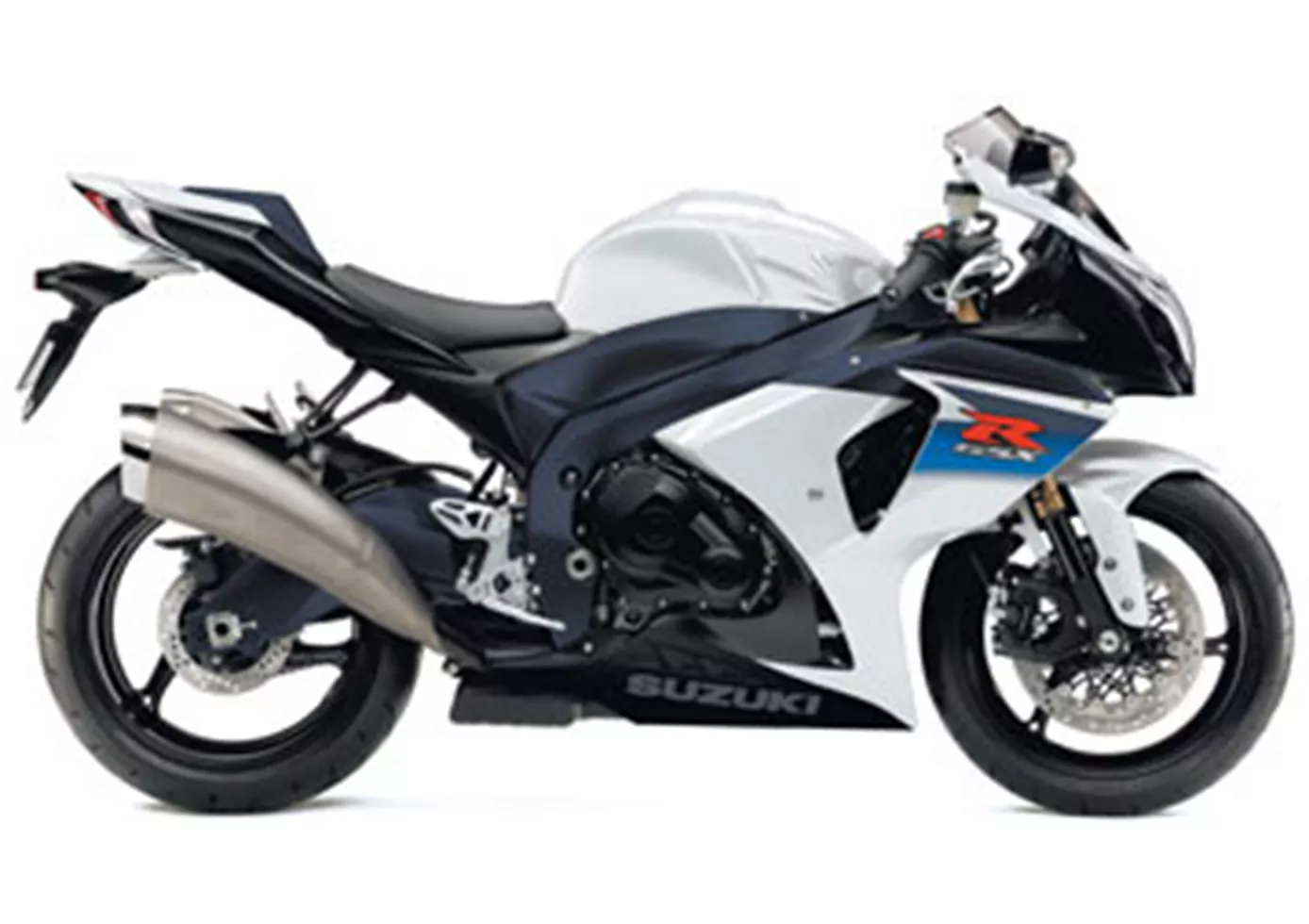
Le moteur satisfait tous les pilotes d'essai avec un déploiement de puissance merveilleusement linéaire. Cette qualité est toutefois gâchée par un châssis trop souple.
Comparaison des prix Prix moyen du marché Kawasaki Ninja ZX-10R vs Suzuki GSX-R 1000
There are a few key differences between a Kawasaki Ninja ZX-10R 2010 and a Suzuki GSX-R 1000 2010. It takes less time to sell a Kawasaki Ninja ZX-10R with 60 days compared to 69 days for a Suzuki GSX-R 1000. Since model year 2005 1000PS.de editors have written 51 reviews for the Kawasaki Ninja ZX-10R and 71 reviews for the Suzuki GSX-R 1000 since model year 2005. The first review for the Kawasaki Ninja ZX-10R was published on 1/11/2004 and now has more than 2,900 views. This compares to more than 7,100 views for the first review on Suzuki GSX-R 1000 published on 3/3/2004.




